Ecotourism, or green tourism, is attracting more travelers seeking to enjoy nature without harming the environment. Ecotourists prefer hiking, biking, paddling in canoes, and other eco-friendly modes of transportation. Their goal is to promote outdoor recreation, explore local cultures, support conservation initiatives, and enhance environmental literacy.
Ecotourism destinations vary: from scientific expeditions with educational purposes, active vacations (trekking, biking, mountaineering), immersion in the ethnic cultural heritage of the region, visiting reserves and national parks, to agritourism aimed at preserving agricultural lands.
1. National Parks of Kenya, Africa
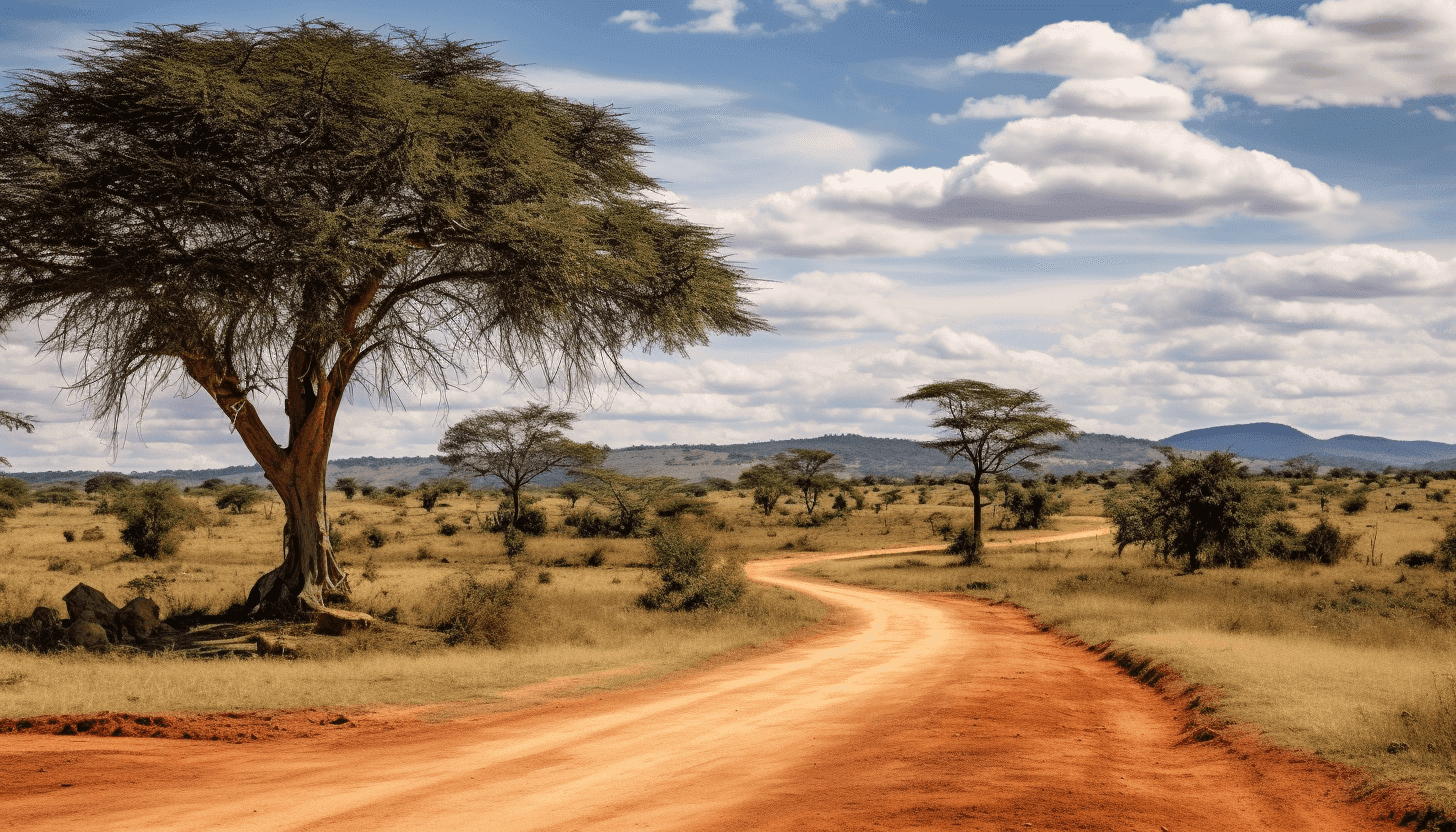
Kenya boasts over 60 national parks and reserves under the stewardship of Ecotourism Kenya. One of the most famous is the national park located just 10 minutes’ drive from Nairobi. This place is ideal for eco-safaris with local guides. You can see wild animals in their natural habitat: wildebeests, zebras, rhinos, cheetahs, hyenas, leopards, and lions. It's like being on the set of a Discovery show!
The best time to visit is from July to September, when the weather is dry and comfortable. From Nairobi airport to the park, it's about a half-hour drive. Local tour companies offer transfers, hotel bookings, and meet guests right at the airport.
2. Brevard, USA

The city of Brevard in western North Carolina is surrounded by national forests, parks, and the Blue Ridge gorges. Here you'll find picturesque hiking and biking trails through natural paths. Local attractions include numerous waterfalls, the ancient French Broad River, and the Looking Glass rock monolith, the largest east of the Mississippi.
In Brevard, there's a strong emphasis on ecological practices: waste reduction, energy conservation, and preserving forest infrastructure. You can get here from the state capital, Raleigh, in about 7 hours by bus.
3. Monteverde Cloud Forest, Costa Rica
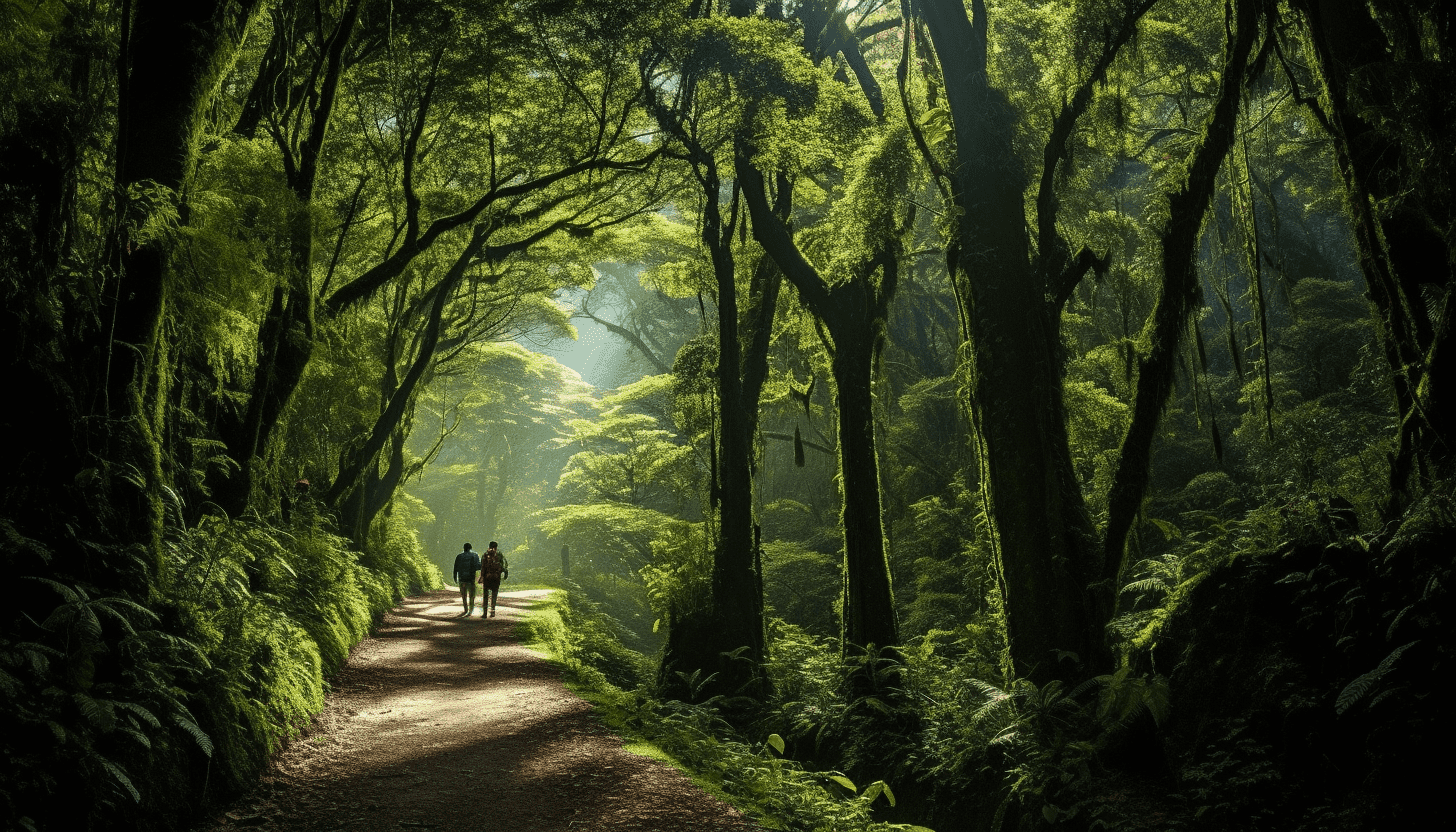
Costa Rica is considered a pioneer of ecotourism, having started developing this direction in the 1960s. Today, 99% of the country's electricity is generated from renewable sources, and by 2050, it plans to be completely carbon emission-free. A quarter of its territory is covered by protected tropical forests that attract numerous ecotourists.
During walks in Monteverde, you can see iguanas, parrots, monkeys, and admire exotic orchids and bromeliads. In autumn, on the banks of the Tortuguero River near the national park of the same name, tourists can watch turtles hatch. It’s recommended to stay overnight at the eco-complex Tortuga Lodge & Gardens, and join tours through the tropical forest or participate in tree planting.
The canopy tour in "Monteverde Cloud Forest" is particularly interesting - one of the longest and most thrilling in the world. Suspension bridges run right above the tree crowns and low-hanging clouds! Local guides will tell you about the jungle inhabitants, including 425 species of birds, 120 species of mammals, 60 species of amphibians, and 101 species of reptiles. During the walk, you can see many bright exotic butterflies.
The best time to visit Costa Rica is from December to April, when it's not too hot and rain-free. From Juan Santamaría International Airport to Monteverde, it's about an 8-hour bus ride.
4. Alonissos Island, Greece
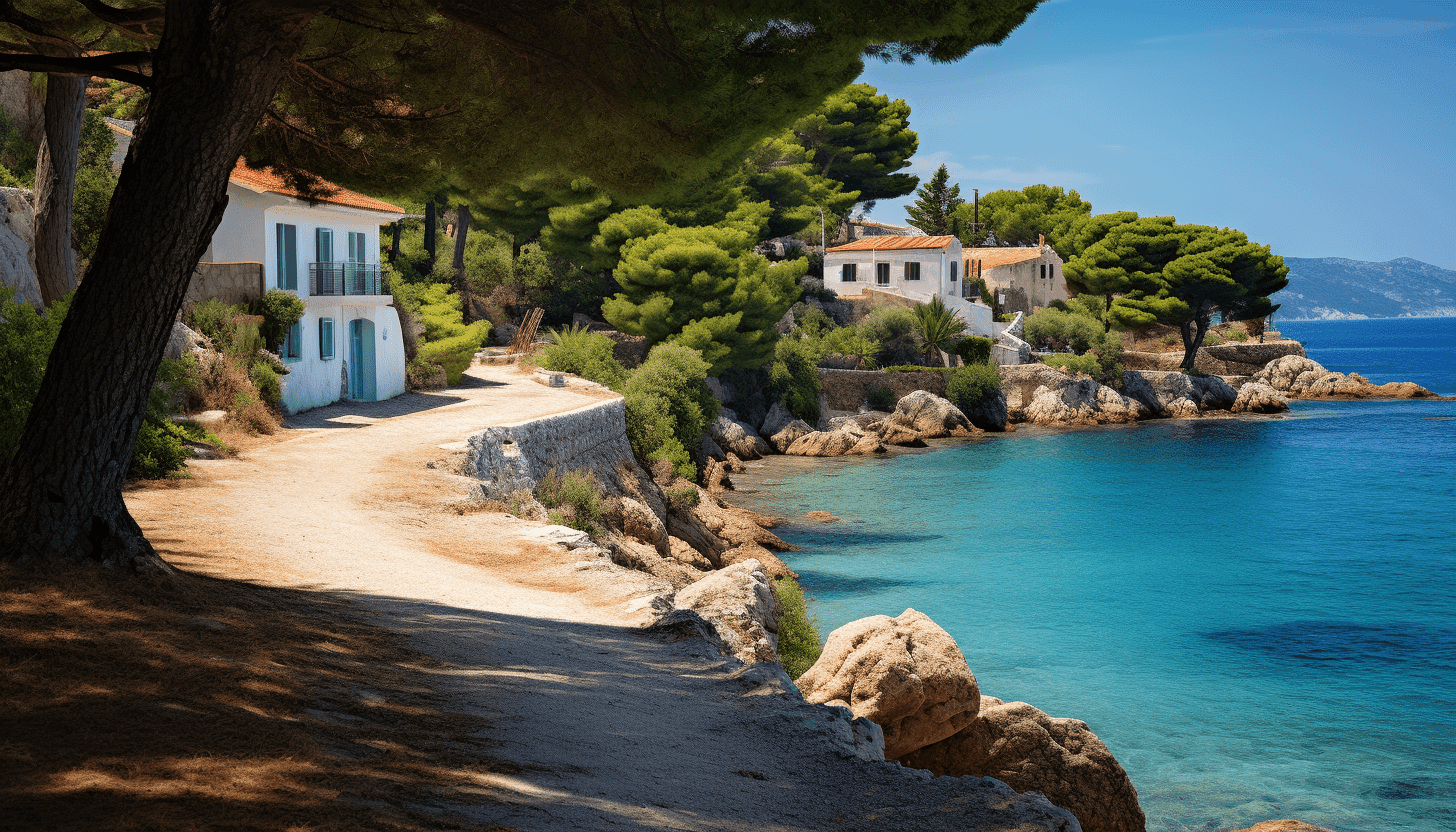
Alonissos Island, part of the Northern Sporades archipelago in the Aegean Sea, is part of the Natural Marine Park. Here, tourists are greeted with pine forests, rocky shores, beaches, fragrant flowers and herbs, olive groves, strawberry trees, and stone oaks.
In the limestone caves of Alonissos, rare Mediterranean monk seals, an endangered species, reside. You can see these unique animals by joining volunteer programs for their rescue and rehabilitation.
The island also hosts Greece's first underwater museum with tours to the site of an ancient shipwreck from the 5th century BCE near the island of Peristera. Alonissos features dozens of scenic walking trails across its picturesque landscape.
The best time to visit the island is from May to October, avoiding the excessive heat of July and August. You can get there by ferry from Volos or Thessaloniki.
5. Copenhagen, Denmark
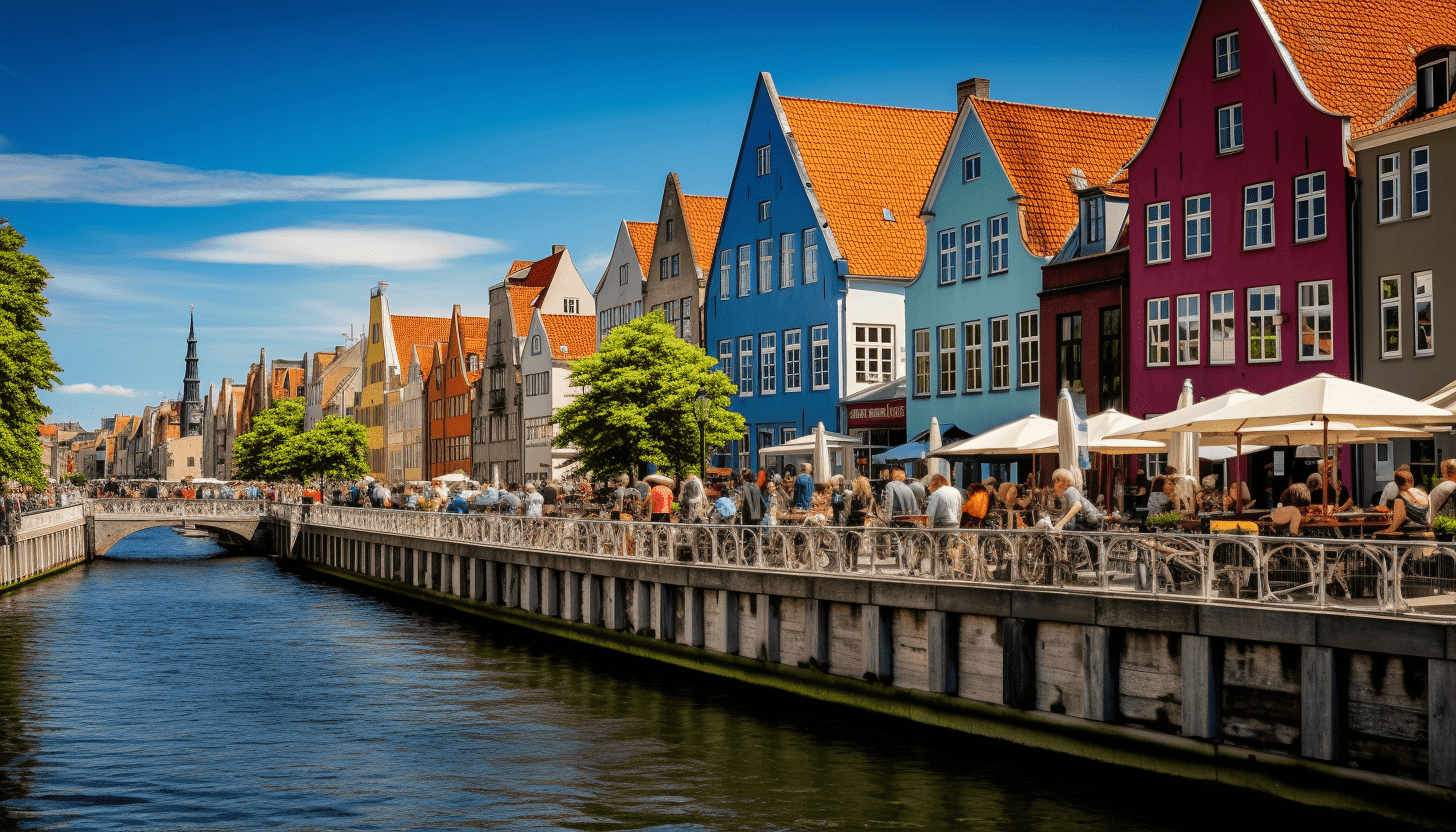
Copenhagen is rightly considered one of the most environmentally friendly cities in Europe. It actively implements innovative solutions for environmental protection, and the air quality remains high. Along the city's waterfront, there are harbors with clean and safe water, where you can ride solar-powered GoBoats and see local attractions.
In Copenhagen, there's also a waste-to-energy plant that provides heat and electricity for about 60,000 households and warms 120,000 homes. The plant's roof is equipped with an artificial ski slope, and the wall features the world's tallest climbing wall, making it a popular spot for active recreation.
Summer is the ideal time to visit the Danish capital and explore its seaside, lakes, and opportunities for biking. You can easily reach the city center from any district by public transport or bike.
6. Moorea, French Polynesia
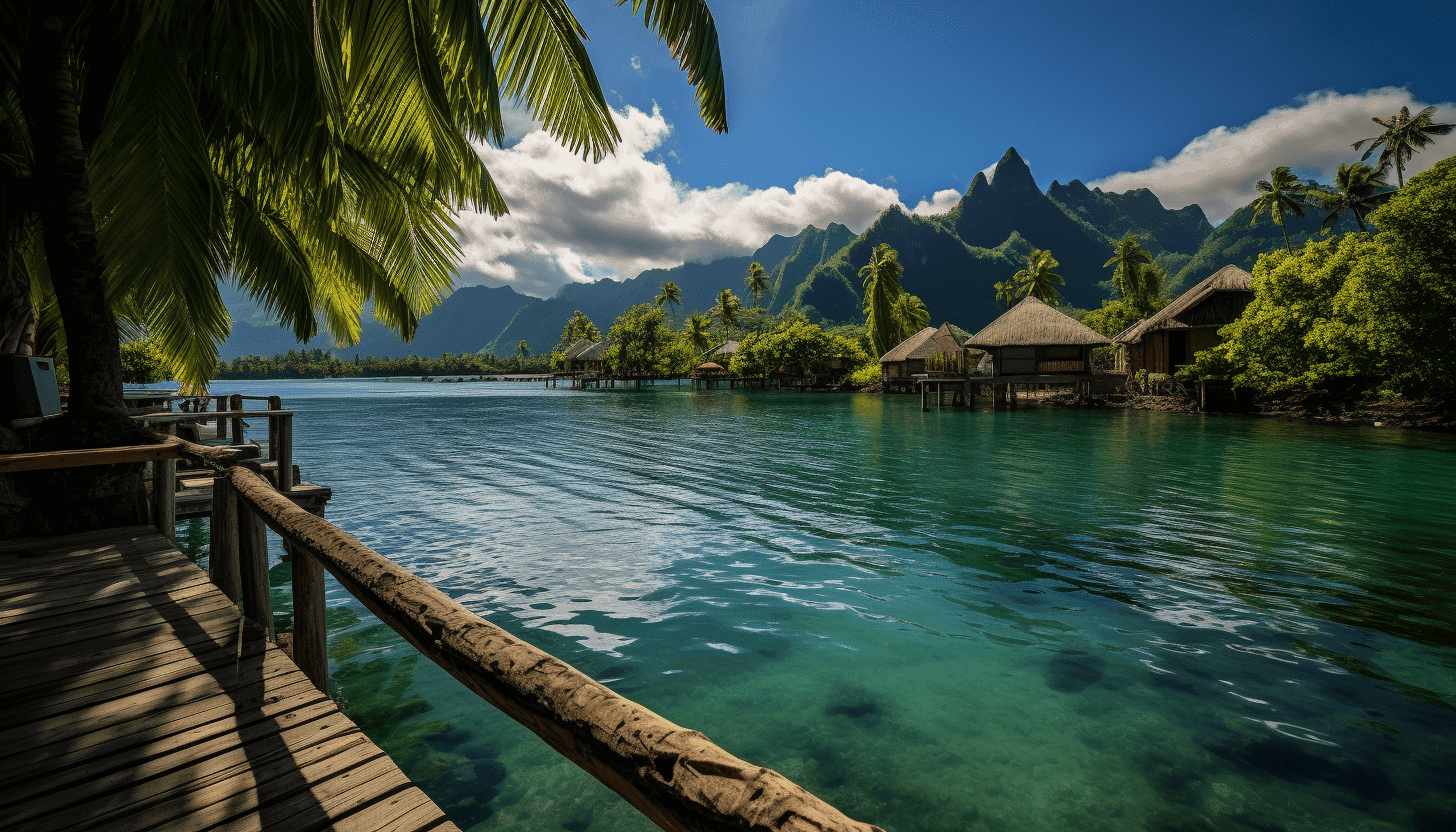
The picturesque island of Moorea is located just 17 km from Tahiti and is bathed by the turquoise waters of the Pacific Ocean. Tourists here can enjoy waterfalls, magnificent lagoons, and enchanting tropical landscapes. At the Fare Nature eco-museum, you can learn more about local culture and rich biodiversity.
For a vivid experience, activities include transparent-bottom canoe trips, visits to pineapple plantations, mountain climbing, and ethnographic shows in local villages. Moorea is also home to Coral Gardeners, an organization dedicated to saving disappearing coral reefs. Ecotourism companies offer tours to watch dolphins and humpback whales in the lagoons and open ocean.
Thanks to the average annual temperature of +26°C, Moorea can be visited year-round. You can reach it from Tahiti in half an hour by plane, speedboat, or ferry.
7. Kočevsko, Slovenia
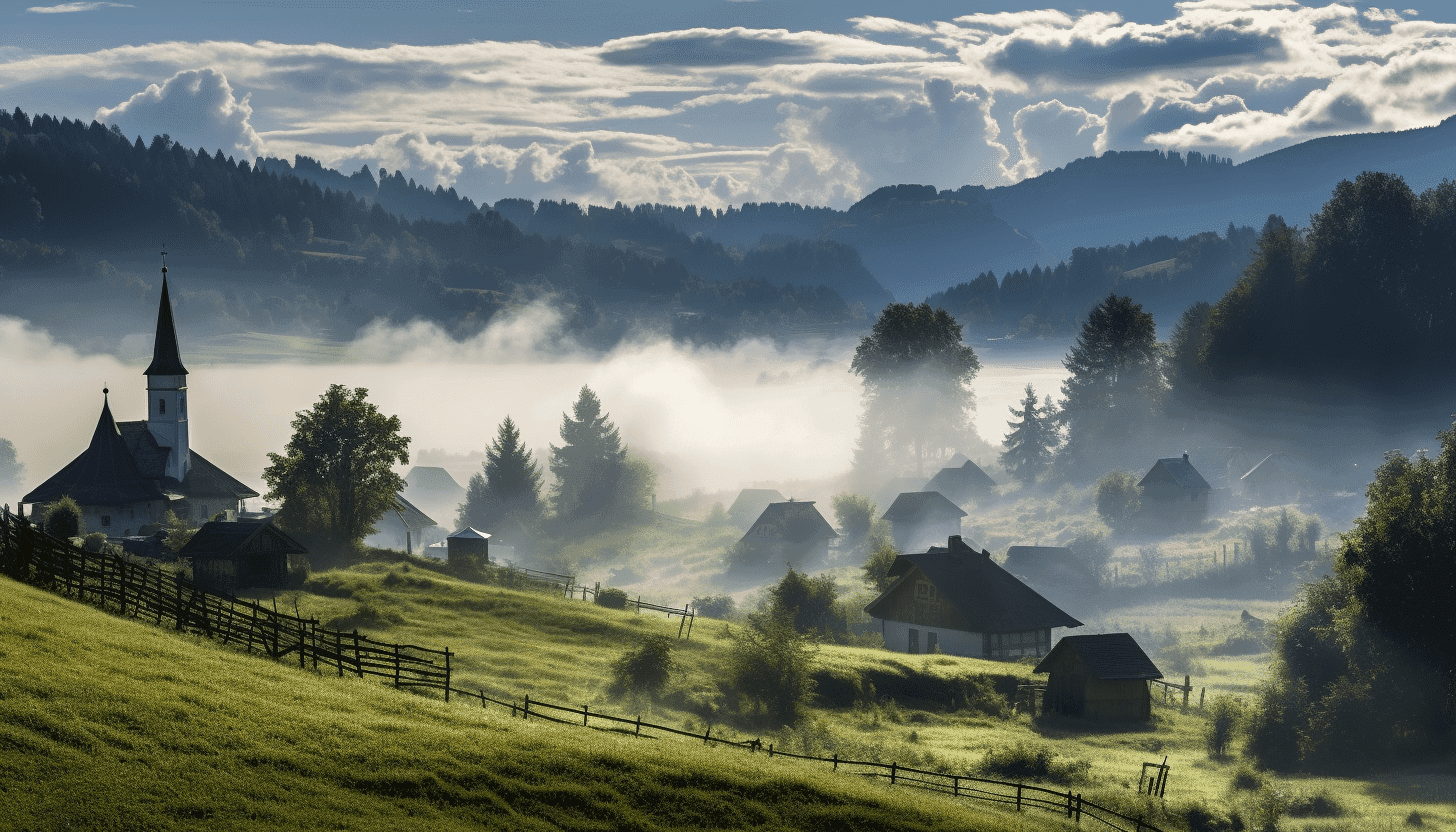
Slovenia, a country where about 60% of the territory is forested and 30% is agricultural land, fosters the development of rural ecotourism. Popular are beekeeping tours and wine routes. You can stay on tourist farms like Megušar and Urška Tourist Farm, serving dishes from their own vegetables and fruits. Here, you can interact with local residents, taste farm products, and participate in agricultural activities.
The 290-kilometer bike route Juliana Loop in the Julian Alps lets you enjoy the region's natural landscapes. In the Kočevsko forest, part of the UNESCO list, you might encounter brown bears, deer, lynxes, roe deer, foxes, boars, and wolves (guided tours are recommended). Also worth visiting is the picturesque Lake Kočevje.
The best time to visit Kočevsko is late August and early September. From Ljubljana, it's a 1-1.5-hour drive.
8. Vânători-Neamț, Romania
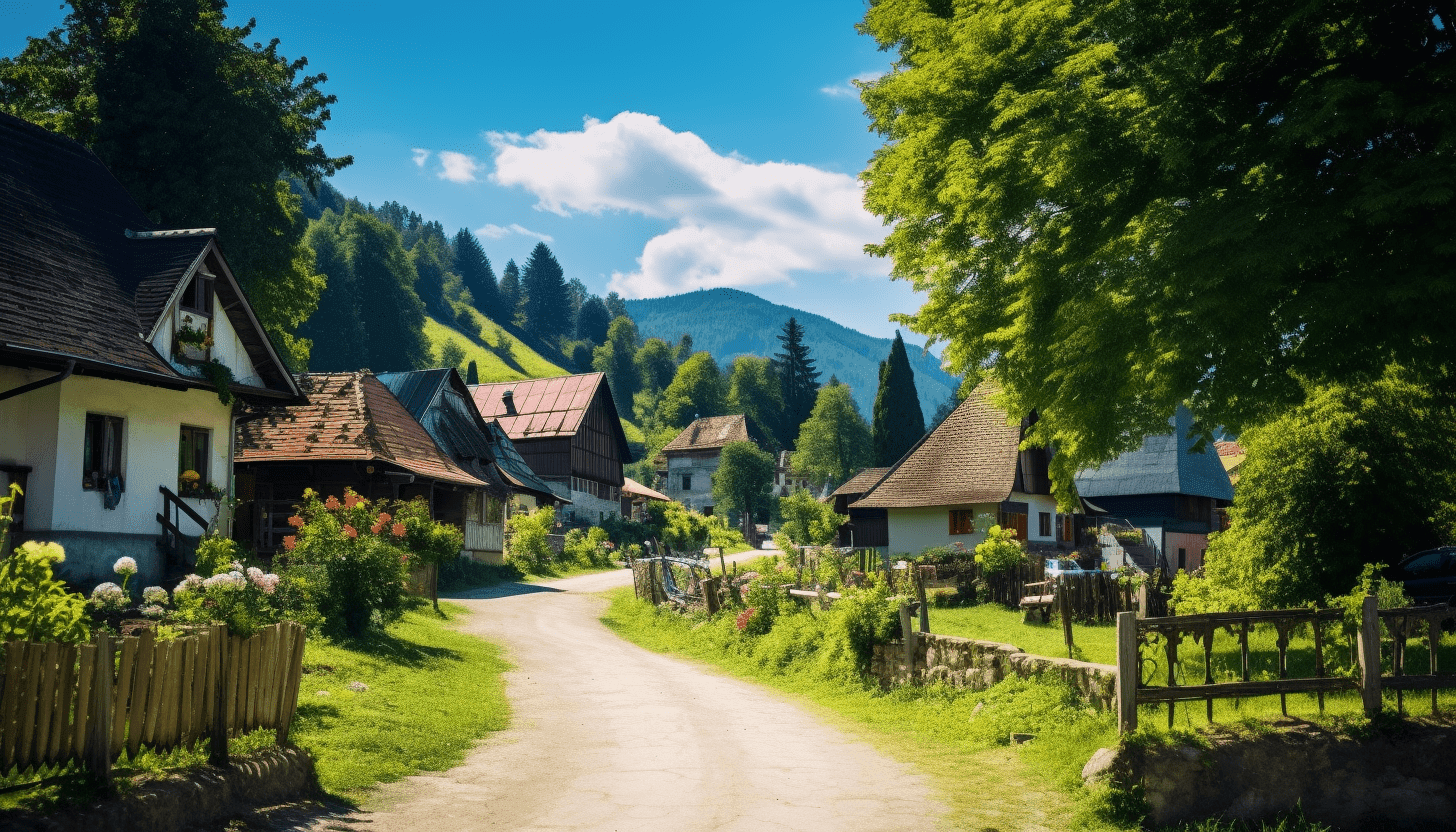
The Vânători-Neamț Nature Park is an emerging destination for ecotourism. Here, you can see free-roaming bison, traces of the prehistoric Cucuteni culture, an ancient salt spring over 8000 years old, medieval monuments, and monastic villages, nicknamed the "Romanian Athos."
In the park's diverse terrain, stretching from mountains to plains, about 3000 species of flora and fauna can be found.
The best time to visit is from late April to early July and from late August to the end of October when the weather is mild and pleasant.
9. Bay of Plenty, New Zealand
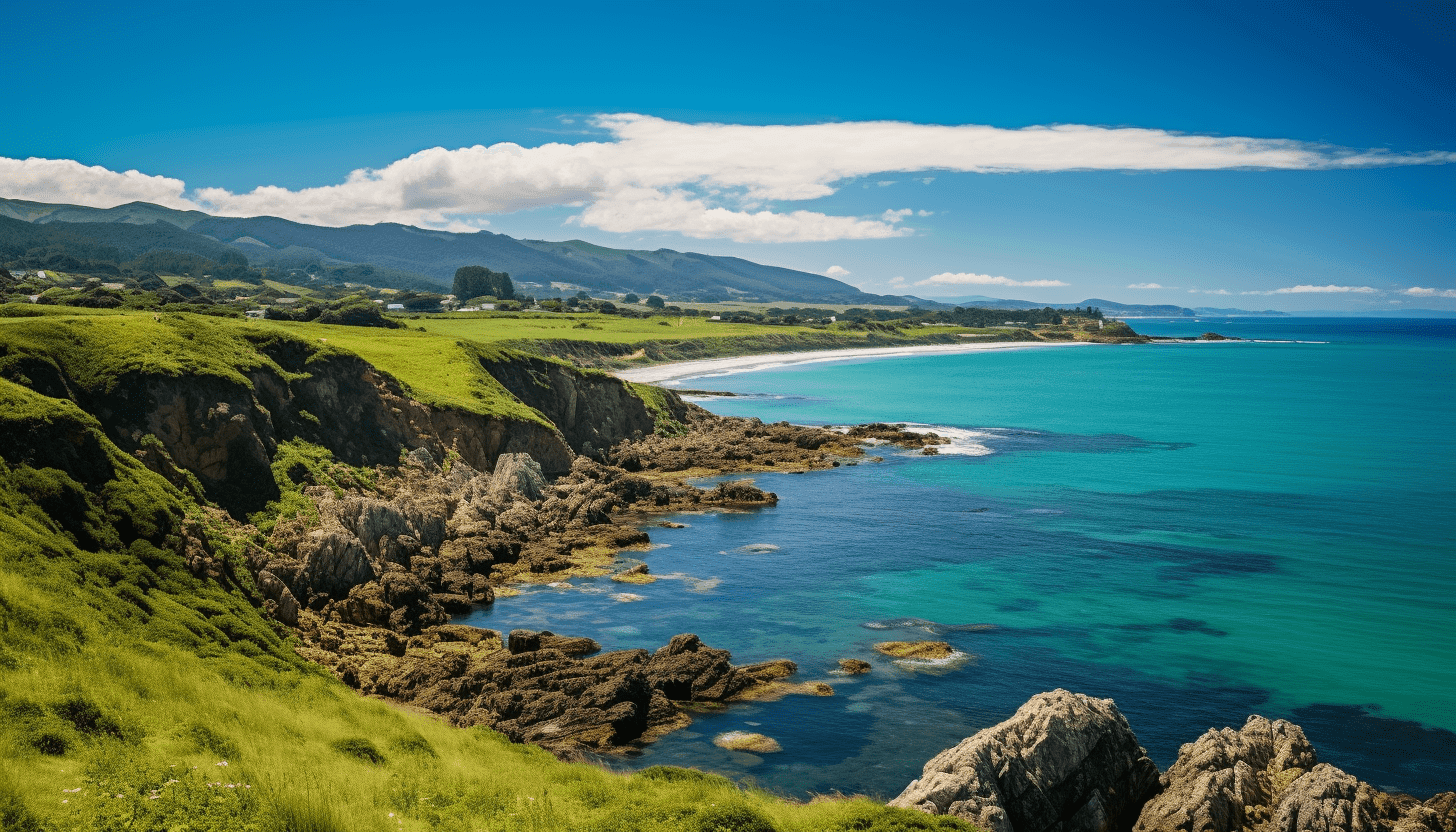
The Bay of Plenty stretches for 125 km along New Zealand's coastline and includes 2 marine reserves, 24 coastal islands, the Whirinaki Te Pua-a-Tāne Conservation Park, and stunning beaches. Here, you can enjoy views of marine volcanoes, visit geothermal springs and mud baths, swim with dolphins and seals, and walk through tropical forests.
Tourism in the bay area focuses on long-term ecological sustainability and environmental restoration. The best time to visit is December and January, New Zealand's summer.
10. Yasuni National Park, Ecuador

The Yasuni Biosphere Reserve in Ecuador is renowned for its incredible biodiversity: home to 600 bird species, 173 mammal species, 120 reptile species, 150 amphibian species, over 1 million insect species, 250 fish species, and 2000 types of trees and plants.
The park employs solar panels, waste sorting programs, and water purification systems. Visitors are offered birdwatching at mineral-rich clay cliffs, walks on canopy bridges over the Amazon, canoeing or kayaking on the Napo River, and tasting local delicacies.
The best time to visit is from June to November. From the capital, Quito, to Coca (the tourist center of Yasuni), it's a 9-hour bus ride, and from there, it's a 1.5-hour drive or 2-hour river journey to the park.
11. Port Douglas, Australia
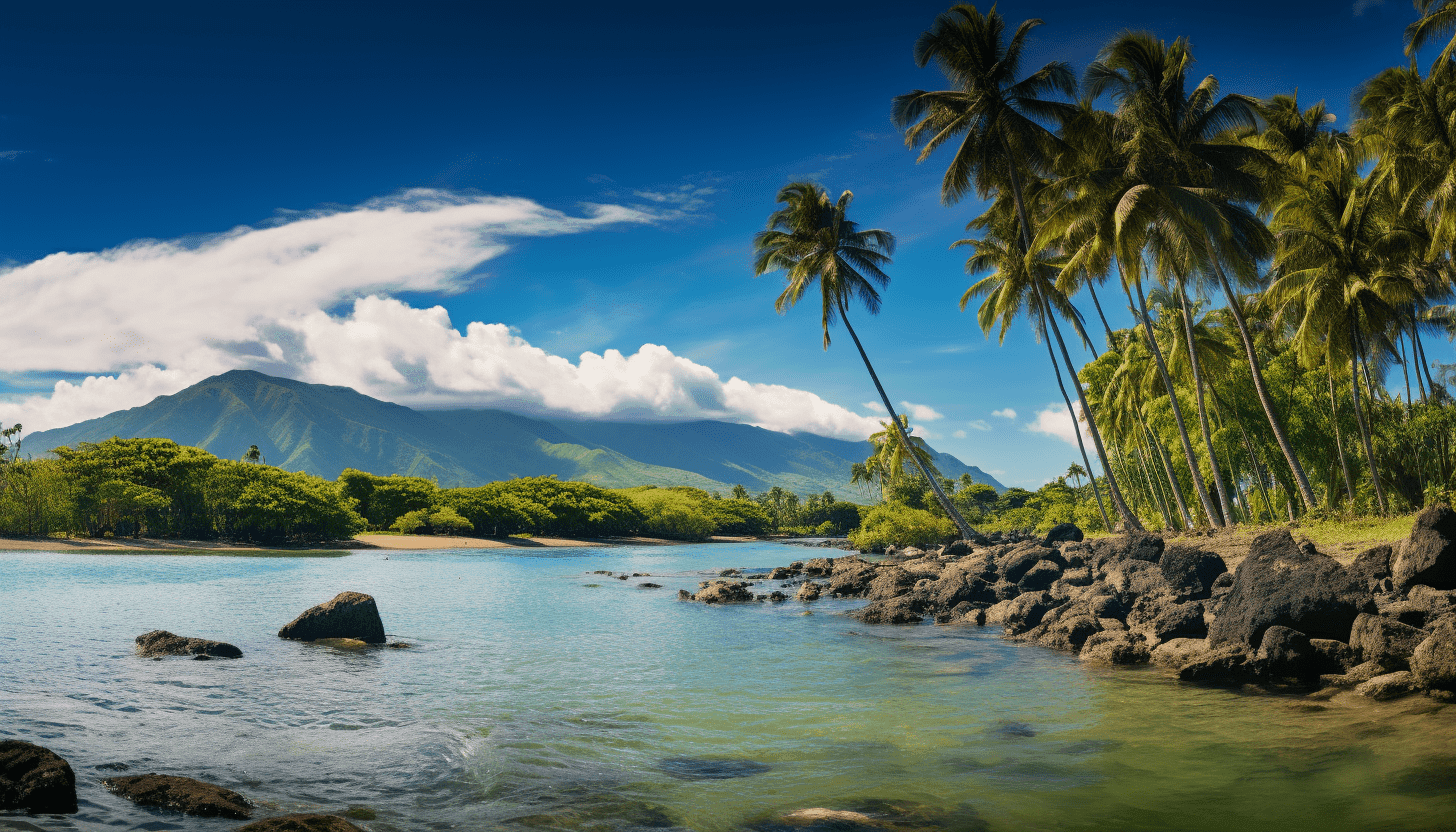
In the Australian town of Port Douglas lies the "Daintree" National Park - the only place in the world where the Great Barrier Reef and a 125-million-year-old tropical rainforest meet, extending from the reefs to the Daintree River.
You can see mesmerizing giant trees entwined with vines, palms, orchids, and ferns. The thickets are home to possums, glowing green frogs, marsupial cats, and unique species like the southern cassowaries and estuarine crocodiles.
The best time to visit is from May to October. Port Douglas is an hour's drive from the city of Cairns, where the international airport is located.
Thus, for eco-tourism enthusiasts around the world, there are numerous impressive destinations – from Kenya's national parks to the tropical forests of Australia and New Zealand, Greek islands, and Romanian reserves. The key is to travel with respect for the environment and discover new corners of untouched nature.
